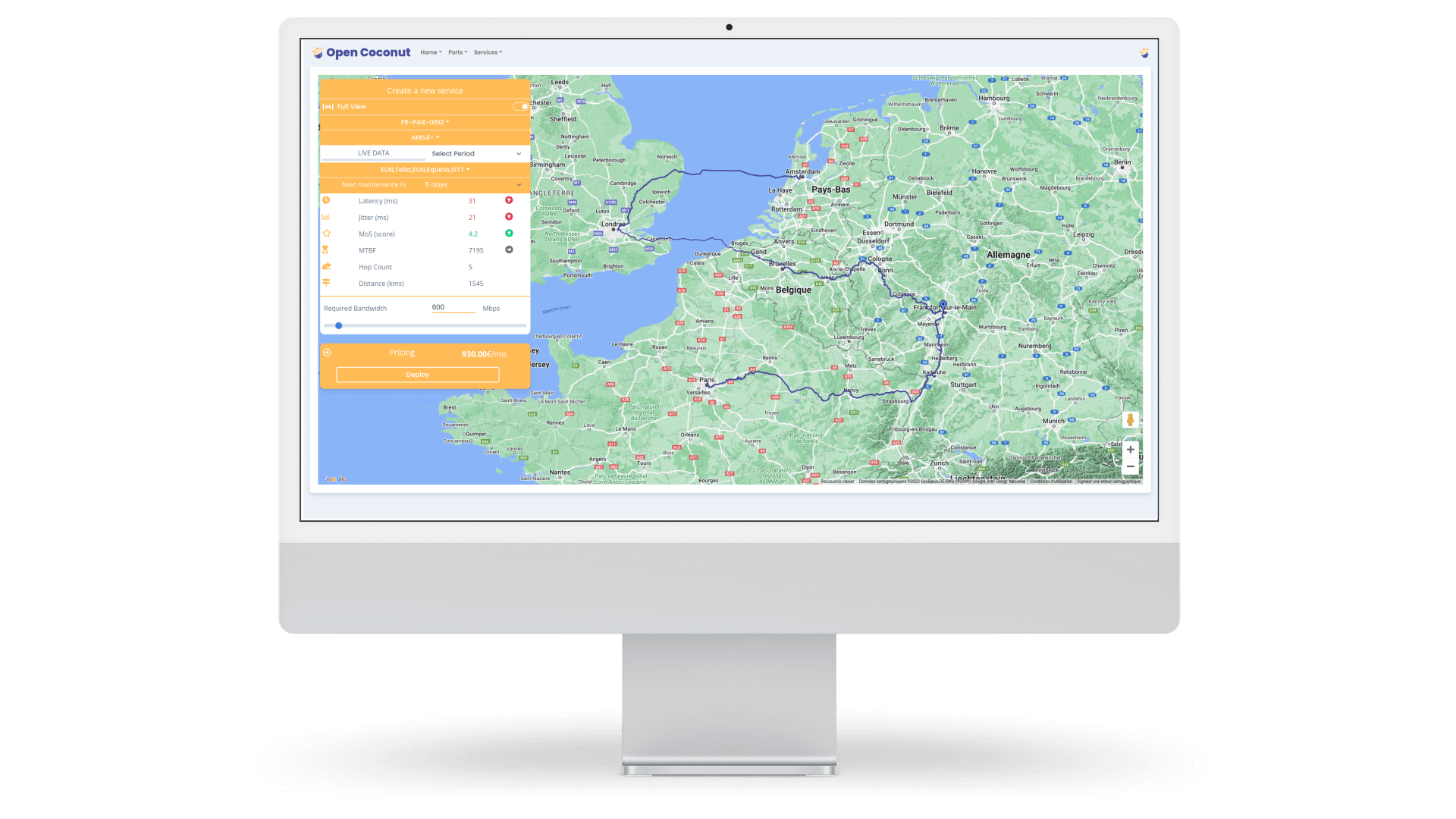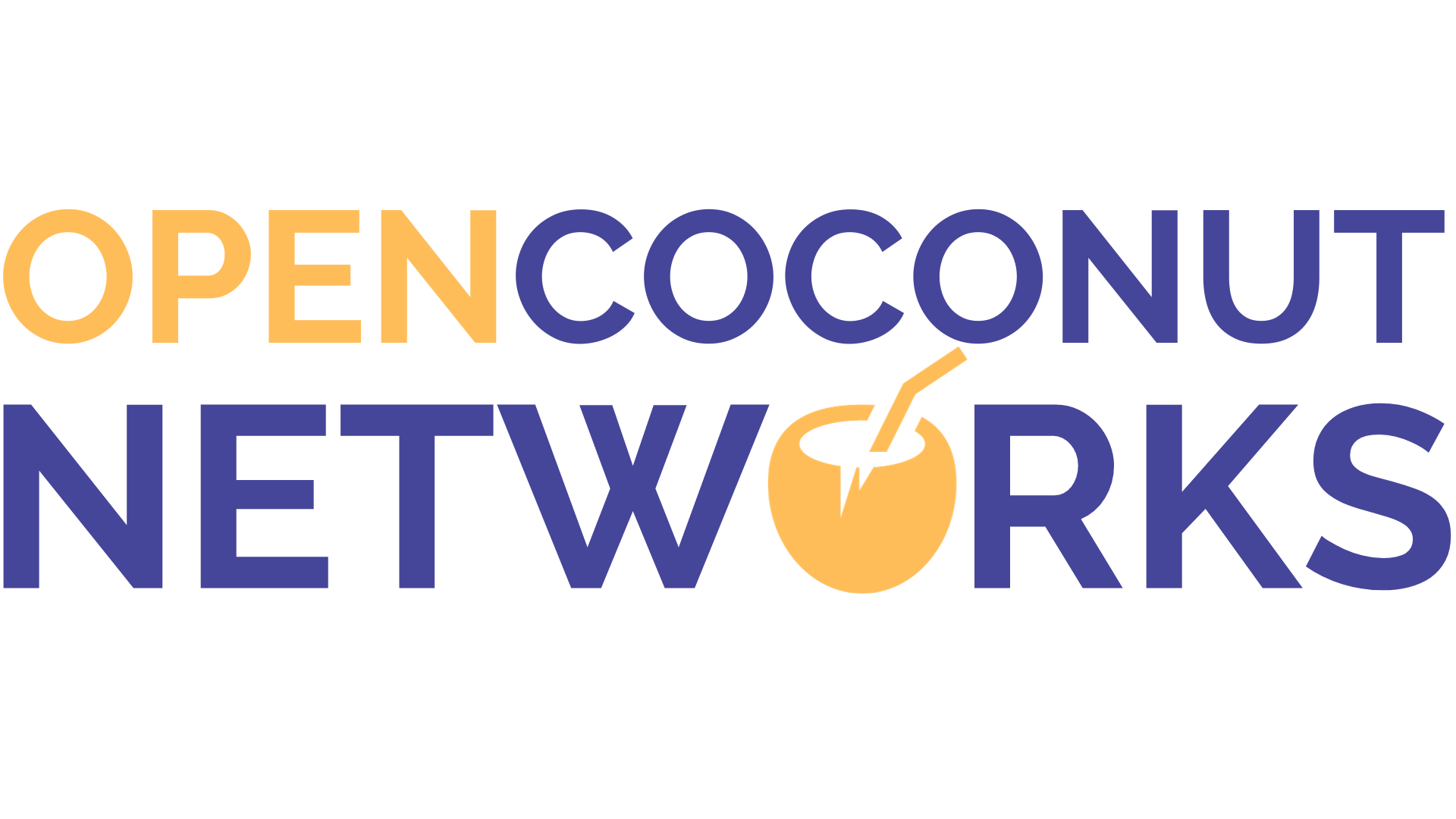Routes on demand for network interconnections
The problem with traditional network interconnections
When building network interconnection, I come across the need to know where my traffic is going through. This helps a lot in order to deliver a top-quality user experience and prevent network architecture issues. We call this "Routes on demand for network interconnections".
The fact that traditional service providers are opaque about routing, leads to some non-negligible loss of time and money. How many emails do you send trying to figure out what's going on when outages occur in your network? And how many hours do you spend on the phone with a level 1 technical support requesting information about the issue? It's obviously never happening when everything's OK but when something's going wrong suddenly everything's going wrong.
Of course, some service providers can always hard-code a path for you. But what happens when you realize that this route is still not suitable for you? That the route is unstable? Or bouncing too often? This results in complaints from your customers that you need to address.
This is why Open Coconut, with its Interconnection and routes on demand platform, came up with its concept of Route On-Demand, below we'll see what it is and what are its benefits.

What is interconnections & routes on demand?
It's pretty straightforward and user-friendly. The Open Coconut Interconnections & routes on demand portal displays a routing map from which you choose the route you want your traffic to follow among all the available paths that our infrastructure can offer. You first define the two endpoints that you want to interconnect together. Then you need to pick the most suitable route for your data and deploy it over your ports. And in a matter of seconds, your transparent layer 2 service is ready to use according to your specifications (route, bandwidth, telemetry, redundancy, ...).
What is the best route for my network traffic?
The question might not be what's the best route but what's the most stable route? What's the lowest latency route? What's the best route in terms of jitter or MoS score? Or just what is the shortest route for my data flow?
So to help you make the right choice we provide you with a maximum of information about all our routes. We do stream live telemetry about our available paths and present it in such a way that you can make a decision right away. Live telemetry includes hints about the latency, the distance, and the number of points of presence crossed. Hence Live telemetry is a key element in decision making.
Benefits for network interconnections
There are several benefits to using Interconnections & routes on demand, here are a few of them:
- The route selection comes with plenty of telemetry so the right choice can be made - before - deploying a service
- Performance is not met with the chosen route? Edit it and instantly reroute your data over a brand new path, at no cost!
- Thanks to our map, you can easily see conflicting routes in order to offer your users a real redundancy
- Get instantly the best price, before ordering the service
- Need more bandwidth? Bandwidth on-demand is closely integrated to route on-demand!
- The service is ready for use in less than a minute!
Availability of routes on demand
Interconnections & routes on demand is at the core of our business and is available globally on our infrastructure at no extra cost.
More about Interconnections & routes on demand
Book a demo with us to discover what impact route on-demand could have on your business.




